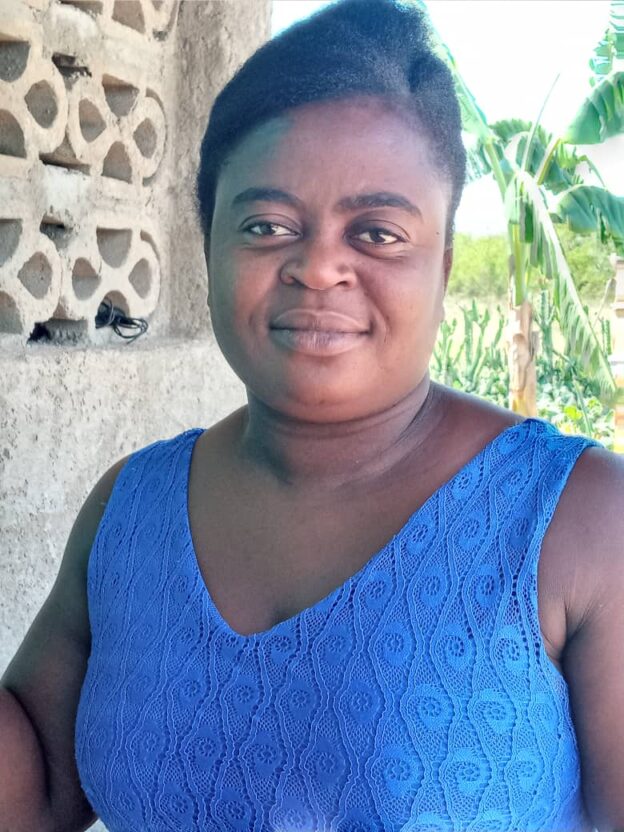Fonise and her husband live with their kids in a small house that sits just across a small field from the national highway running north from Ench towards Okap. Their home is in Sanrafayèl, a few minutes from where the well-paved road from Pòtoprens ends, turning into a rough, dirt road that winds the rest of the way northward. I have written of her before.
When Fonise and her family joined the CLM program, they were really struggling. Fonise was earning what she could with a small grocery business. She would invest 1000-1500 gourds when she had them, but between customers who bought on credit and were slow to pay and the constant expense of running her home, the business would collapse frequently. Her husband, Thermidor, did day-labor in neighbors’ fields when he could get the work, but he might earn less then 100 gourds, which is now worth only about a dollar, and he couldn’t count on finding jobs every day.
Their 18 months in the program changed a lot for them. They chose goats and a pig, and have succeeded with both activities. The two young female goats Fonkoze gave them are now ten, four adult females and six kids. Only one of the kids is a female, and it is the only one that Fonise plans to raise. That will give her five adult females eventually, which should provide a strong income stream.
She just sold a litter of five piglets for 15,000 gourds. Pigs are risky, so she wanted to get rid of them as soon as practicable. She deposited the money in her savings account. When the five young billygoats are weaned, she’ll sell them, add that money to the money from the pigs, and buy a bull. She was able to buy a heifer before she graduated, but having a bull as well, especially if she can afford a large-ish one, can provide a new source of income because she can rent it to workers who plow farmers’ fields.
She has also become a successful businessperson. Rather than selling groceries at home, she sells goods in local markets. Her choice of goods depends on the season. “I sell whatever sells well.” Towards the end of last year, she was selling used clothing, which is always in demand in the period leading up to the New Year’s holiday. Since then she’s switched to vegetables, usually cabbage. She goes to market in Sanrafayèl on Thursdays and in Piyon on Saturdays, buys heads of cabbage by the dozen, and then sells them in smaller piles before she goes home for the day. Towards the end of the summer, she plans to shift to school supplies.
When she’s asked what the most important part of the CLM program washer her, she doesn’t hesitate. “It was the training. They teach you how to manage what you have. They could give you all kinds of stuff, but if you can’t manage it, it won’t help you. I used to waste what I had. I spent every 50 gourds that came into my hands. Now, I can’t earn 50 gourds without putting 25 gourds away, either into my bank account or into the lockbox I have at home.”
But she doesn’t think of the changes in her life just in terms of money. “I am a different person. I live a better life. It is my job to give the kids something to eat every morning and every afternoon, and now I can. That feels good. Sometimes they used to have to go without.”
And others in her neighborhood see her differently too. “When a goat gets loose around here, I am now the first person people think of. I’m the woman with all the goats. They come to me even if the goat isn’t mine.”
